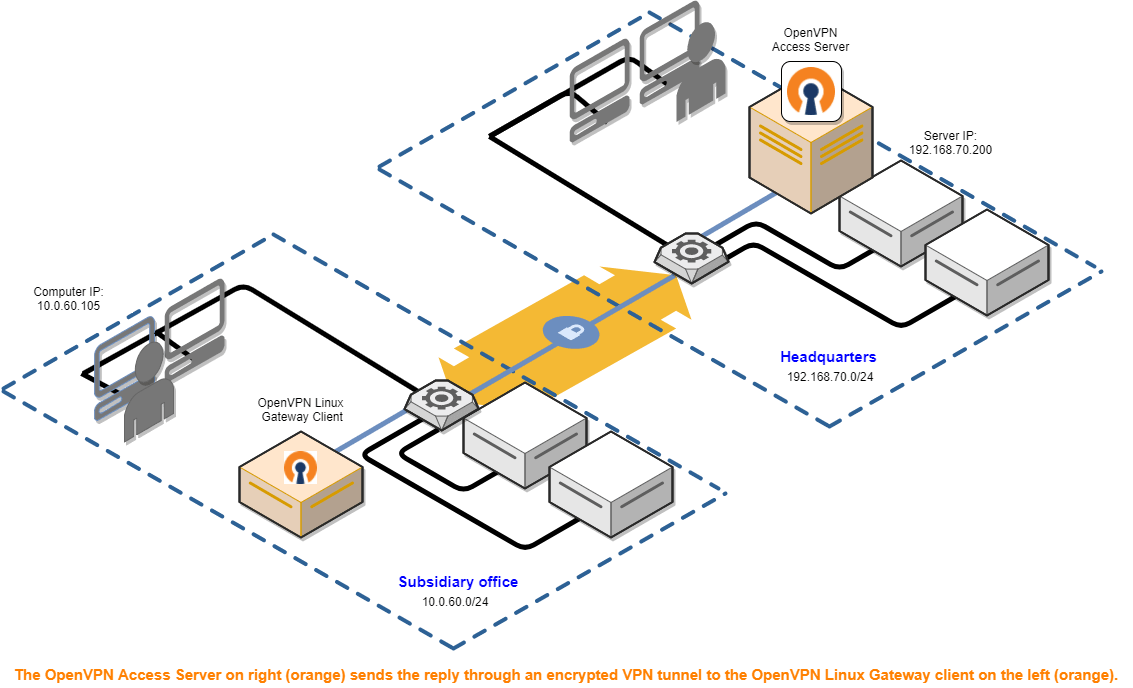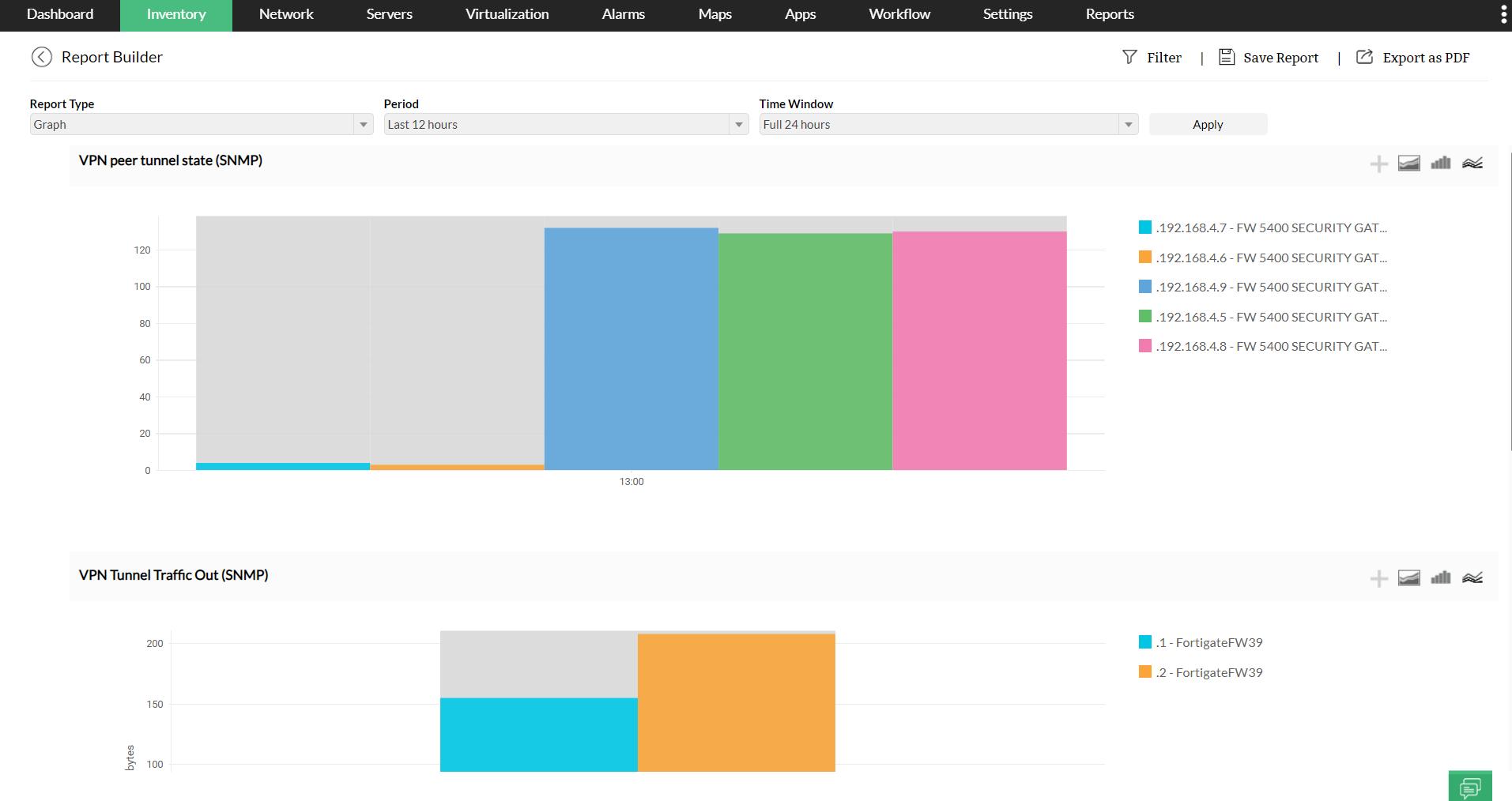
Tunnel.2 is configured for Secondary VPN tunnel.īoth tunnel interfaces are configured under Security Zone "元-VPN" Tunnel.1 is configured for Primary VPN tunnel. You can refer IKEv1 tunnel and IKEv2 tunnel configuration guide to configure them. The VPN tunnel configuration is not explained in this document. This document applies to both IKEv1 and IKEv2 tunnels. In case of one or more Proxy IDs configured, the static routes will still be needed to route traffic through the tunnel. Static routes can be configured through the Tunnel interfaces associated to the VPN tunnels to send traffic. The concept of Policy Based Site to Site VPN tunnel is not available. PA firewalls can only be configured for Route Based VPN tunnels.

Once the Primary VPN tunnel recovers the traffic will fall back to the Primary VPN tunnel. If the VPN over ISP 1 fails, then the Secondary VPN tunnel through the Secondary ISP (ISP2) will pass the traffic to the remote side. VPN tunnel through the Primary ISP is the Primary tunnel. ISP1 is the Primary ISP and ISP2 is the secondary ISP.Īll traffic to Remote network 10.44.44.0/24 from 10.34.43.0/24 Local network is encrypted over the site to site VPN tunnels.

PS Firewall A is running PANOS version 8.0 or above.
#SITE TO SITE VPN MONITOR HOW TO#
HOW TO CONFIGURE A PALO ALTO NETWORKS FIREWALL WITH DUAL ISPS AND AUTOMATIC VPN FAILOVERĭual ISP using Static route path monitoring is already configured. Note : If Dual ISP redundancy is configured using multiple Virtual Routers and PBF, then this document does not apply.įor use of Multiple VRs for Dual ISP and VPN tunnel redundancy refer the below link. This document is continuation of the below document.ĭUAL ISP REDUNDANCY USING STATIC ROUTES PATH MONITORING FEATURE, FOR TRAFFIC FAILOVERĪfter setting up DUAL ISP redundancy based on static route path monitoring, this document explains how to setup Site to Site VPN tunnels (IKEv1 and IKEv2) per ISP for redundancy of traffic over the tunnels.


 0 kommentar(er)
0 kommentar(er)
